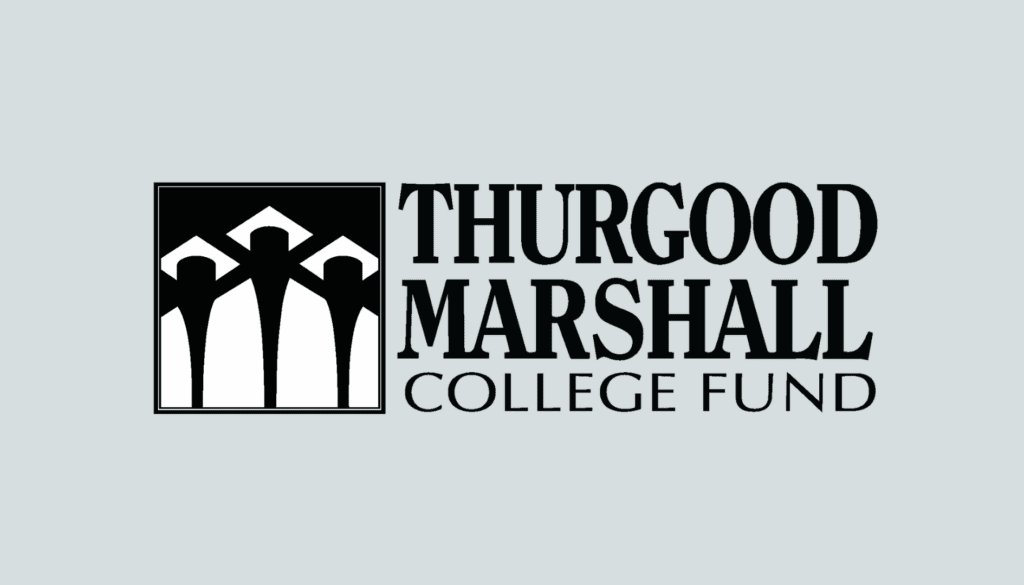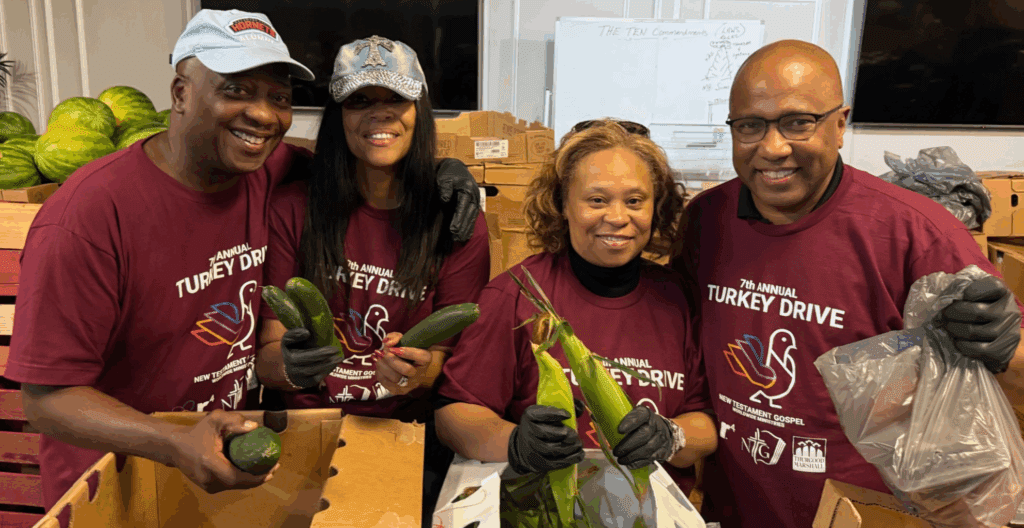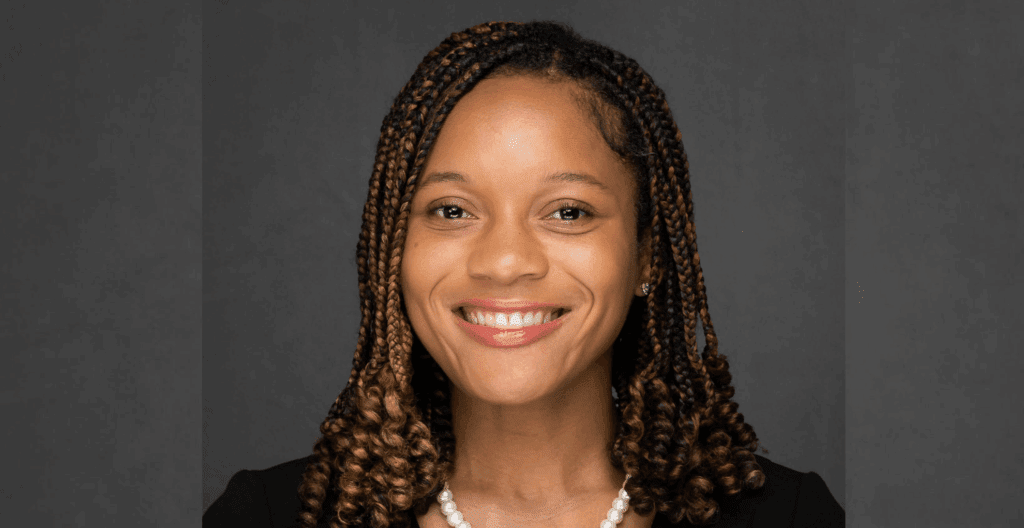HBCUs TAKE A GAMBLE — The stakes were high for historically Black colleges and universities this semester. The institutions had to weigh fears about coronavirus spread for an especially vulnerable group of people against the fear that students would take a semester off, never to return and be saddled with debt without a degree to show for it. Returning to campus, at least part time, turned out to be the most popular choice for HBCUs.
— HBCU students are overwhelmingly African American, and the “population has just point blank been the most disparately impacted by the pandemic,” said Lodriguez Murray, the United Negro College Fund’s senior vice president of public policy and government affairs. “Even so, a number of the institutions felt it imperative to come back in person.”
— The bet, with a hand from the Trump administration and Congress, has largely paid off. Colleges across the country have seen their enrollment dip, but some HBCUs have seen more students enter their freshman cohorts and staved off furloughs. “For example, one of the largest HBCUs in the country, North Carolina A&T State University, they had one of the largest freshman classes ever and their enrollment is at an all time high,” Thurgood Marshall College Fund President Harry L. Williams said. Other HBCUs also saw a 42 percent increase in their freshman classes, he added.
— The majority of public HBCUs took a hybrid approach this fall to provide instruction. “Our campuses have opened up, and a lot of the campuses are in the South, and a lot of the southern states are largely open,” Williams said. HBCUs also have been able to keep their infection rates low, he added.
— Nearly 73 percent of all students attending public HBCUs qualify for a Pell Grant, which means they are among the lowest-income students. Williams said many of their students face serious financial challenges and come from rural areas that may not have access to broadband and other resources if they had to stay home. “Coming to a campus is better for a lot of our students than to stay in their existing communities,” Williams said. “The drive to get back to the campuses is at a higher level for us because the campuses create this normalcy of life, and it provides a tremendous relief for some of our students.”
Last week, we asked what schools, families and government should do to ensure elementary and high school students stay up to speed after a year of disrupted learning. Here’s what some of you told us:
— “This school year — and next — should be extended into the summer. We should have widespread vaccine usage by June, so let’s keep schools open through the summer. Take the month of August off and return for the next school year a month late. Then extend next school year to address the late start. It would be one shorter summer, but we could start the 22-23 school year on time and return to the normal schedule.” — Carlye Morgan, Tampa, Fla.
— “Any effort must be based on measures of learning loss or progression for individual students. Aggregate data should be evangelized to the community along with a plan to shift from age/grade cohorts to individualized mastery pathways. In effect, every student should have an IEP (including those who moved ahead during lockdown). Standards-based assessment must continue and serve as a constructive feedback loop for personalized instruction but should be (temporarily) decoupled from high stakes.” — Steven Hodas, New York City
Source: Politico



